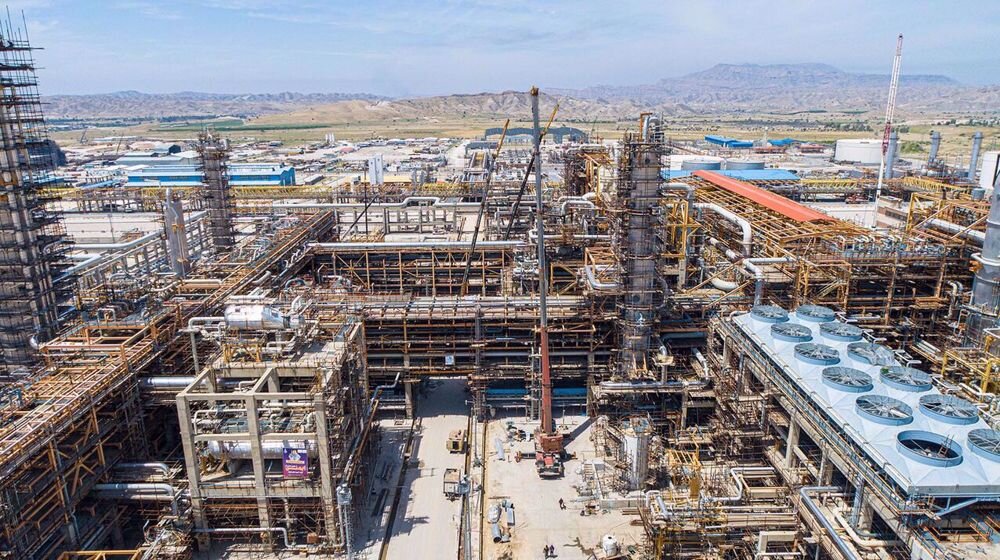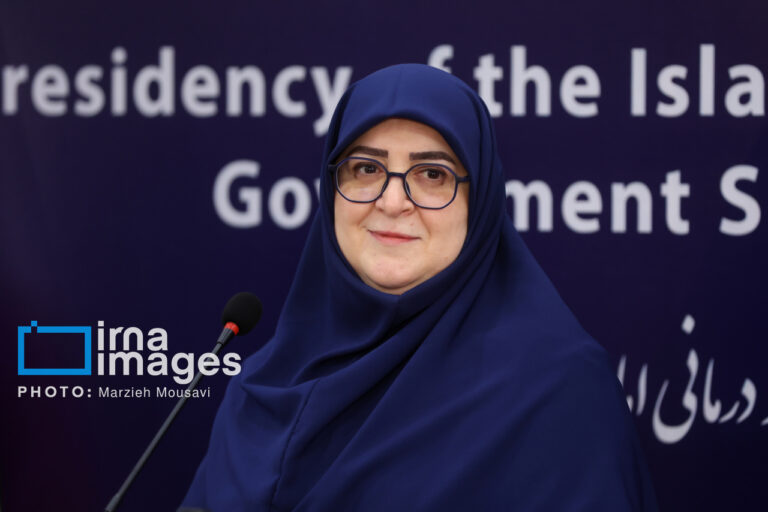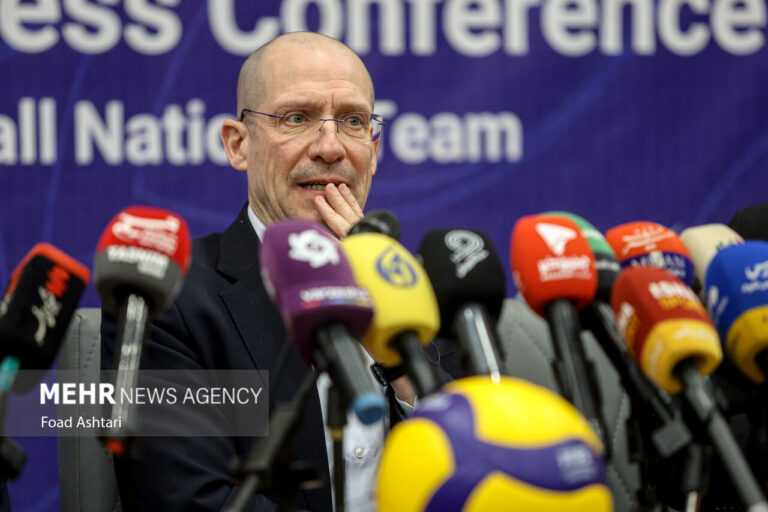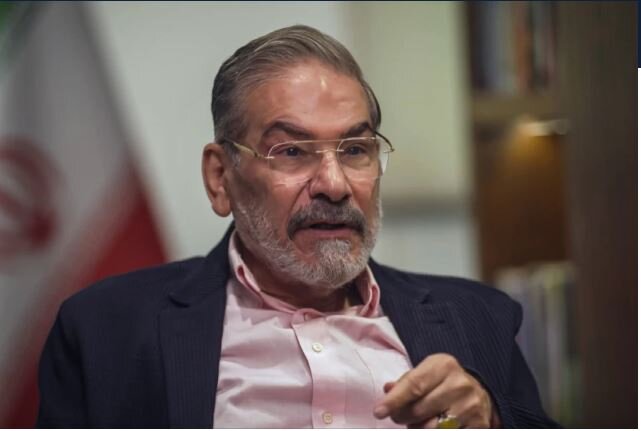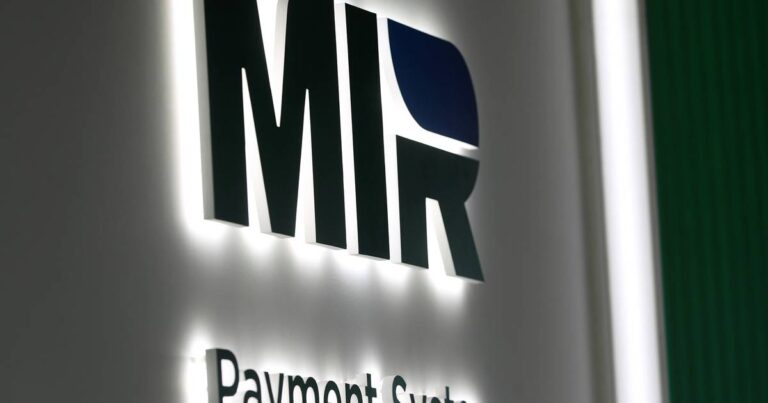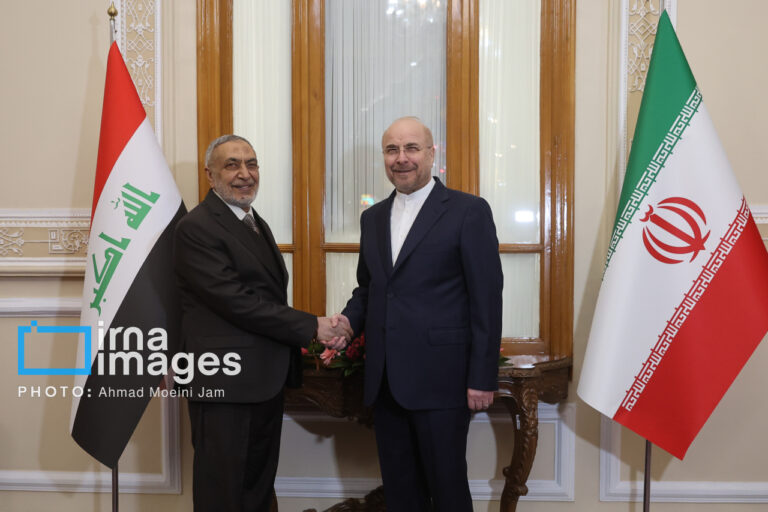Unlocking Iran’s Economic Potential: The Vital Role of the Petrochemical Industry
The growth of Iran’s petrochemical industry has been remarkable, particularly following the Islamic Revolution in 1979. This vital sector has significantly contributed to the country’s economy, providing substantial revenues and boosting non-oil exports. With an annual production capacity exceeding 96 million tons and revenues surpassing $23 billion, the petrochemical industry accounts for approximately 30% of Iran’s non-oil exports. This article delves into the evolution of Iran’s petrochemical sector from the revolution to the present, highlighting key developments and milestones.
The Islamic Revolution and Early Developments (1979)
Before the Islamic Revolution in 1979, Iran’s petrochemical industry was already 15 years old, primarily focused on meeting domestic needs for chemical fertilizers and essential petrochemical products. Significant complexes, such as Razi (Shahpur), Abadan, and others, were established to support this growing sector. By 1977, production capacity had reached around 3 million tons, with investments in the National Petrochemical Company (NPC) totaling approximately 110 billion rials.
The Sacred Defense Era (1980-1988)
- During this tumultuous period, NPC concentrated on supporting the war effort.
- Major projects, including the expansion of the Shiraz Petrochemical Complex, were completed.
- Following the acceptance of UN Resolution 598 in 1988, the focus shifted to rebuilding and modernizing facilities.
By 1988, the Shiraz Petrochemical Complex achieved its highest production levels post-revolution, with total output recorded at 880,000 tons.
First Five-Year Socioeconomic and Cultural Development Plan (1989-1994)
The first development plan aimed to restore war-damaged complexes. Key projects such as Isfahan and Arak were completed, leading to a substantial increase in production capacity. From 1989 to 1994, NPC’s capacity rose from 5.3 million tons to 10.3 million tons, backed by investments totaling 7,085 billion rials.
Second Five-Year Socioeconomic and Cultural Development Plan (1995-1999)
This plan emphasized profitability, export expansion, and diversification. By 1999, annual production reached 11 million tons, and domestic sales increased to 3.8 million tons valued at 4,300 billion rials.
Third Five-Year Socioeconomic and Cultural Development Plan (2000-2004)
Focusing on optimizing capacities, the third plan led to a production capacity of 18 million tons by 2004, with exports reaching 5.2 million tons valued at $1.7 billion.
Fourth Five-Year Socioeconomic and Cultural Development Plan (2005-2010)
This period concentrated on leveraging gas-based hydrocarbons to enhance production capacity and attract private investment, culminating in 40 projects with a combined capacity of 34.3 million tons.
Fifth Five-Year Socioeconomic and Cultural Development Plan (2011-2016)
Continuing its growth trajectory, the petrochemical industry added 10.5 million tons of production capacity through 26 projects primarily executed by the private sector.
Sixth Five-Year Socioeconomic and Cultural Development Plan (2017-2023)
By late March 2024, the industry had operationalized 25 projects with a total capacity of 33.6 million tons, achieving an overall capacity of 96.3 million tons. The sector generated $23.3 billion in revenue from both domestic and export sales.
Seventh Five-Year Socioeconomic and Cultural Development Plan (2024-2028)
- This plan aims to complete the value chain, reducing raw material sales to enhance added value.
- Sixty-seven projects with a total capacity of 35.2 million tons are planned, alongside a $25 billion investment strategy.
From March to December 2023, the industry produced 59.02 million tons of petrochemical products, marking a 3.5% increase year-over-year, while exports reached 23.91 million tons valued at $10.34 billion.
Petrochemical Industry under the 14th Administration
From August to December 2024, the petrochemical industry produced 24.2 million tons of products, with domestic sales amounting to 5.3 million tons worth $4.7 billion and exports totaling 13.4 million tons valued at $5.8 billion. Total net sales reached 18.7 million tons valued at $10.5 billion.
Key Initiatives
- Forming working groups for the Seventh Development Plan and petrochemical feedstock.
- Launching energy-saving projects and unveiling an AI strategy.
- Conducting feasibility studies for various projects and streamlining licensing processes.
As the petrochemical industry continues to evolve, its contributions to Iran’s economy are poised to grow, ensuring a significant role in the nation’s future economic landscape.
